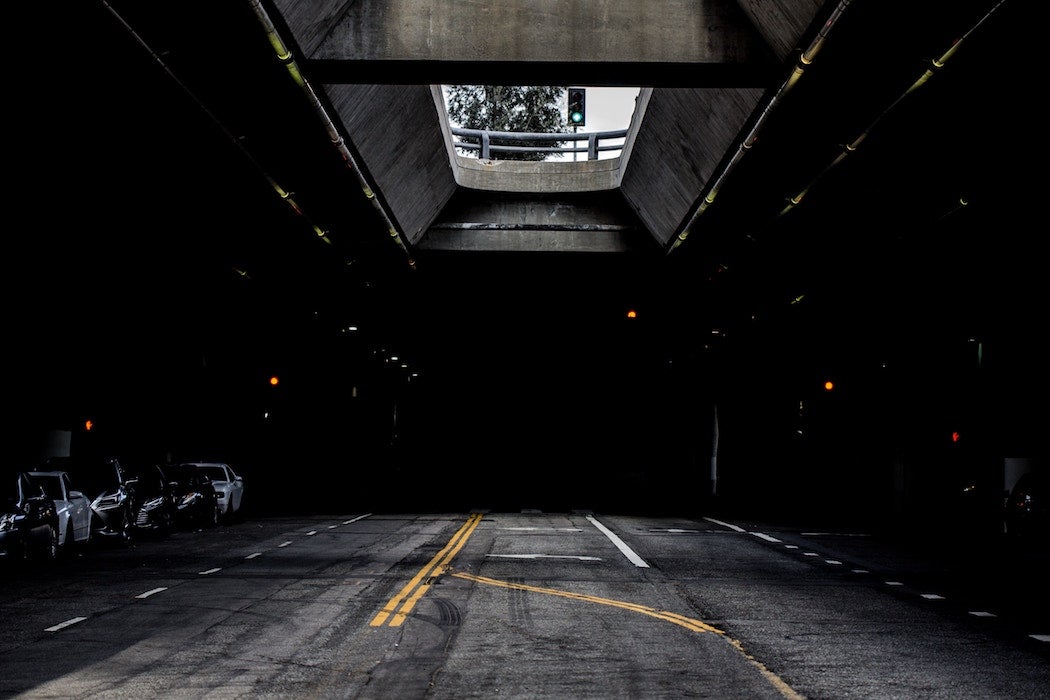Earthquakes, wildfires, mudslides. Endless chains of traffic. Stolen water, subdivisions, smog…. How did Southern California, once portrayed as a paradise on earth of sunshine and orange groves, turn into today’s version of Los Angeles, where there are two-hundred-and-fifty tons of concrete for every inhabitant, and even the river that runs through it was turned into a drainage ditch?
The radical geographer and environmental historian Mike Davis has written two books on the power and the inglory of L.A., City of Quartz: Excavating the Future in Los Angeles and The Ecology of Fear: Los Angeles and the Imagination of Disaster. This piece he wrote for Perspecta is a good place to start to understand what went so wrong.
Here Davis tells about the paths not taken. As early as 1900, there were warnings that the nature that had been the region’s selling point was in danger. Acres of orange and and other fruit trees were paved over by helter-skelter development. The Southern Pacific Railroad defeated efforts to make the Los Angeles River basin a nature preserve and playground.
Three decades later, in the midst of the Depression, the Citizen’s Committee on Parks, Playgrounds, and Beaches called the lack of parks, recreational opportunities, and public beach access a crisis. As Davis notes, Los Angeles had made accessible outdoor space “the foundation of an economy capitalized on climate, sports, and outdoor leisure.” Yet nobody who actually ran the city made room for these things, since there was no immediate profit in them. In 1928, only 0.6 percent of the surface of the metropolis was parkland, less than half an inch for each citizen. The Committee’s report, authored by Frederick Law Olmsted, Jr. (son of the famed landscape architect) and urban planner Harlan Bartholomew, also noted that the city needed hazard zoning to keep houses off of floodplains and hillsides prone to wildfire and mudslides.
Get Our Newsletter
Davis calls this report “a window into a lost future.” Neither the greenbelt nor the hazard zoning the Committee recommended were adopted. Ideas like greenbelt and hazard zoning, open space conservation, and public ownership of natural wonders like the Santa Monica Mountains had too many powerful enemies. And model developments like Baldwin Hill Village, which kept cars at the periphery, were the exception. Real estate speculators and oligarchs, with some help from the federal government, paved on.
According to Davis, the FHA and other federal agencies also “refused to lift a finger to preserve natural landscapes and to discourage leapfrog development.” Los Angeles Country’s bountiful agricultural land was devoured by runaway suburbanization, which Davis describes as “another of Southern California’s natural disasters—recurrent and inexorable.” In 1958, while flying out of L.A., sociologist William H. Whyte saw bulldozers from Los Angeles moving towards bulldozers spreading out from San Bernadino. He promptly coined the coined the term “urban sprawl.”
So “Eden lost its garden”: “By 1970 more than one-third of the surface area of the Los Angeles region was dedicated to the car: freeways, streets, parking lots, and driveways.”







